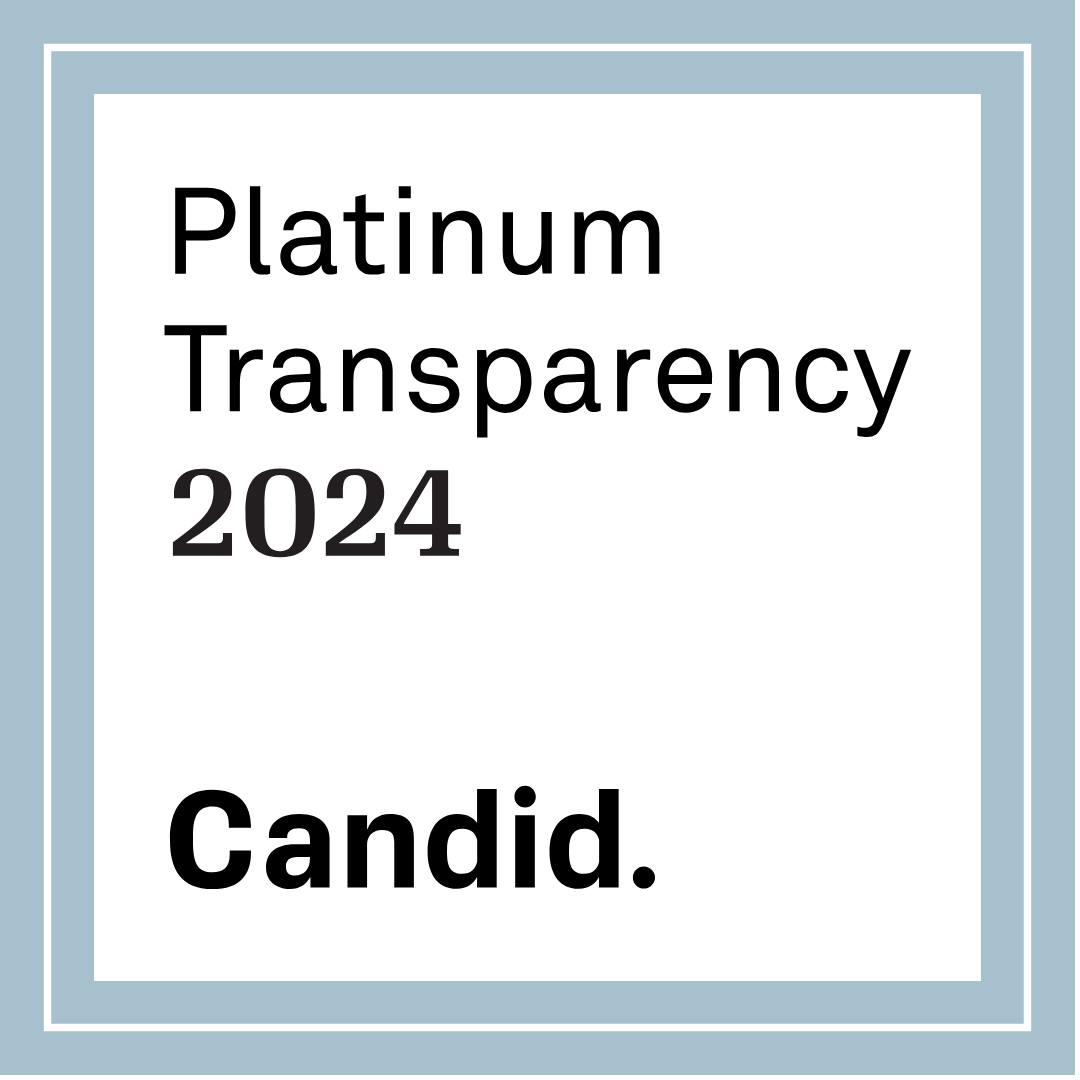Most people become eligible for Medicare when they turn 65 years old. If you are already collecting social security at age 65, you are automatically enrolled in Medicare. If not, you must enroll during a 7-month “initial enrollment” period to avoid paying a penalty. The initial enrollment window includes the three months before you turn 65, the month of your 65th birthday, and the three months after you turn 65.
If you miss your initial 7-month enrollment window, you can enroll with a penalty from January 1 through March 31 each year, which is known as the “general enrollment” period. There are also special enrollment periods for those in specific situations to enroll without a penalty.
To enroll in Medicare due to disability, you must qualify for and collect social security disability benefits for two years before you are eligible.
After your first enrollment, there is an “open enrollment” period when you may join, switch, or drop Medicare plans. It takes place each year from October 15 to December 7, with coverage starting January 1.













